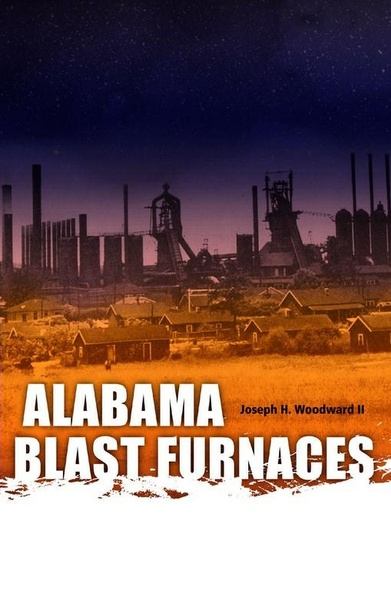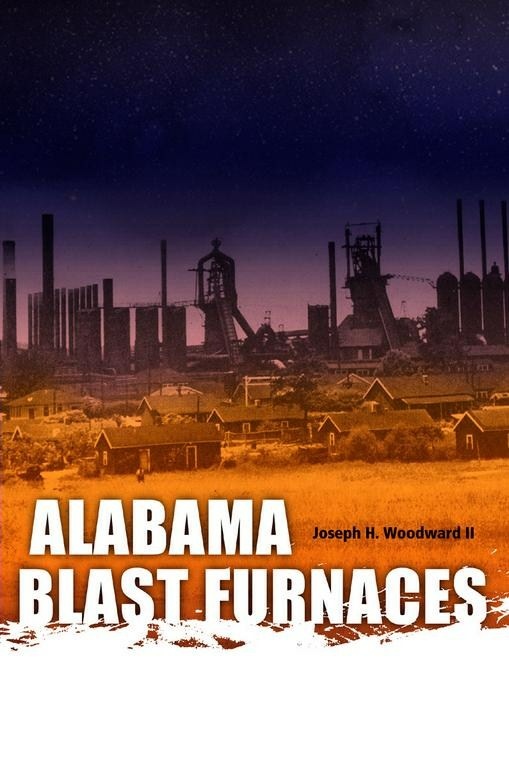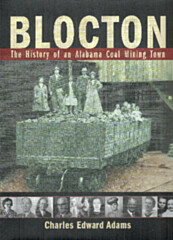
Alabama Blast Furnaces
Go to resource on all the furnaces that made Alabama internationally significant in the iron and steel industry
This work is the first and remains the only source of information on all blast furnaces built and operated in Alabama, from the first known charcoal furnace of 1815 (Cedar Creek Furnace in Franklin County) to the coke-fired giants built before the onset of the Great Depression. Woodward surveys the iron industry from the early, small local market furnaces through the rise of the iron industry in support of the Confederate war effort, to the giant internationally important industry that developed in the 1890s. The bulk of the book consists of individual illustrated histories of all blast furnaces ever constructed and operated in the state, furnaces that went into production and four that were built but never went into blast.
Written to provide a record of every blast furnace built in Alabama from 1815 to 1940, this book was widely acclaimed and today remains one of the most quoted references on the iron and steel industry.
‘Alabama Blast Furnaces fills in the missing parts of the epic story of the iron trade that set Alabama apart from all its sister states. At no place else in the world could all the ingredients needed to make iron—iron ore, limestone, and coal—be found in such close proximity. . . . The various ores and fossil fuels hidden by primordial upheavals within the valleys and ridges of Alabama’s Appalachian Plateau invited investment in great centers of manufacturing. Due to lower manufacturing costs and reduced transportation needs that these mineral resources provided, new industrial cities like Birmingham, Bessemer, and Sheffield sprang to life.’
—from the Introduction
James R. Bennett is Commissioner of the State of Alabama Department of Labor, Chair of the Board or Trustees of Jacksonville State University, and author of Tannehill and the Growth of the Alabama Iron Industry.






